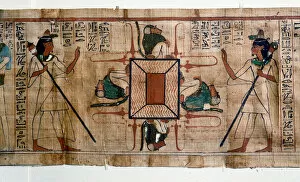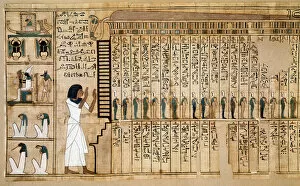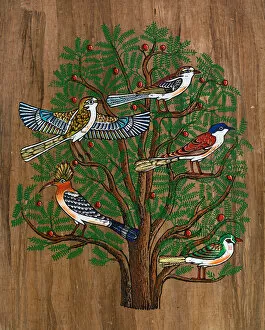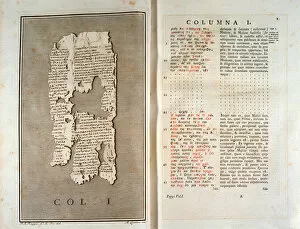Papyrus Paper Collection
Papyrus paper, a remarkable ancient material that has preserved countless historical records and stories throughout the ages
All Professionally Made to Order for Quick Shipping
Papyrus paper, a remarkable ancient material that has preserved countless historical records and stories throughout the ages. From Tsekhons book of the dead to legal documents from the Merovingian period, papyrus holds intricate details of our past. One such detail is found in the psychostasis, or weighing of souls, depicted on papyri dating back to -664 to -332. These delicate scrolls reveal the beliefs and rituals surrounding death in ancient Egypt. In Greek literature, Plato's "Phaedrus" can be found written on literary papyrus fragments. The words of this renowned philosopher are forever etched onto this ancient medium. The Book of the Dead, an Egyptian hieroglyphic masterpiece from the 22nd dynasty, showcases stunning illustrations on papyrus. Each stroke tells a story as it guides souls through their journey into the afterlife. Scientific knowledge was also recorded on papyrus during Greece's Ptolemaic period. A Greek scientific manuscript dating from 200 AD reveals insights into their understanding of various subjects. Transportation methods used by ancient Egyptians are documented in great detail on papyri dated between 1540-1295 BC. These texts depict how catafalques were transported via boat-sleds to tombs for burial ceremonies. Unfortunately, not all depictions captured pleasant scenes; some fragments show tomb robberies and looting during Egyptian antiquity. They serve as reminders that even history had its dark moments. On a more positive note, paintings depicting Elysian fields grace other pieces of Egyptian antiquities made with papyrus paper. These vibrant artworks showcase paradise-like landscapes believed to be where righteous souls would reside after death. Astronomy enthusiasts will find fascination in an astronomical papyrus known as Eudox's work from Egypt's Ptolemaic period (332-30 BC). This document sheds light on early celestial observations and calculations made by scholars at that time.

































